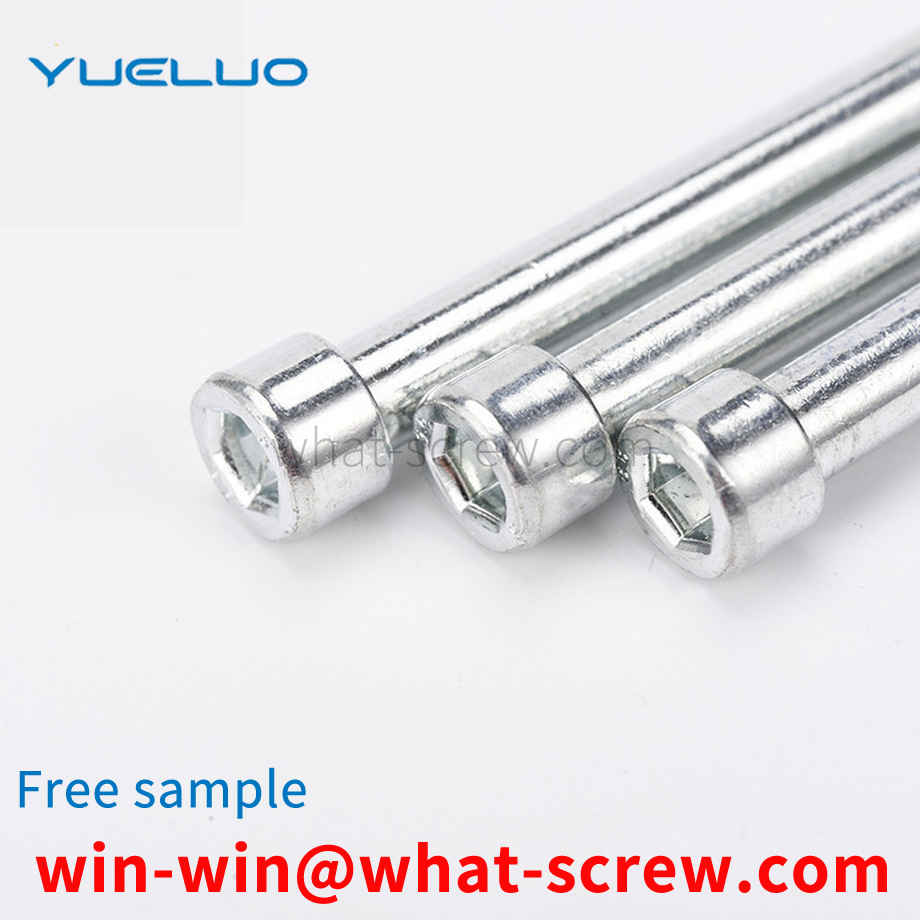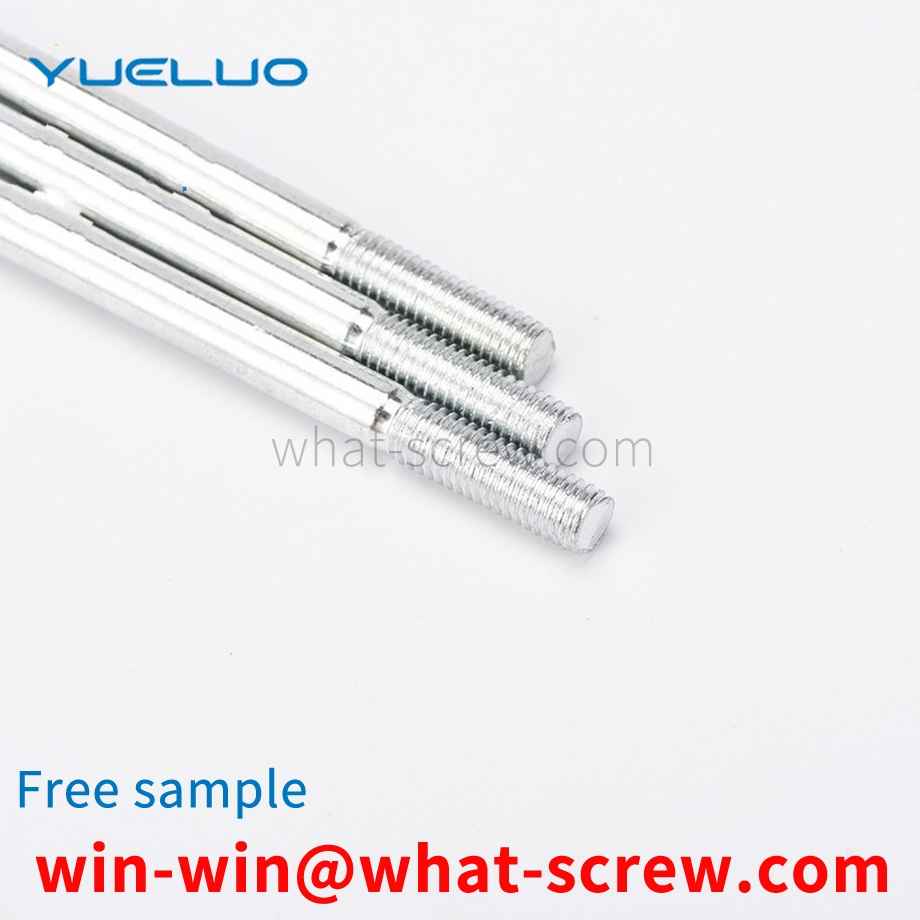In the prior art, spring pads are fixed to the seat pan or to the height adjuster tube. However, in the absence of a seat pan, additional components are required to secure the spring pads to prevent movement of the spring pads in the longitudinal direction of the vehicle. FIG. 1 shows such a seat spring pad 2 , which is fixed to the seat pad 1 by means of additional fixing parts 4 . Additional weight is added due to the use of additional fixing parts and a separate step is required in the assembly process to connect the fixing parts to the spring pads. During use, there may be noise between the spring cushion and the seat cushion
With the vigorous development of the construction market, fastener-type steel pipe scaffolding and formwork support have been widely used, and a large number of fasteners are used in the fastener-type steel pipe scaffolding and formwork support system. The commonly used fastener structure generally includes a fastener body 1, a blade 2, and a rivet 3 for connecting the fastener body and the blade. An arc-shaped cavity 4 for penetrating the steel pipe is provided between the fastener body and the blade. Figure 1 Right-angle fasteners shown. However, in the process of building construction, the blades of the fasteners have different degrees of cracks and fractures, which lead to the scrapping of the fasteners, or the fasteners are scrapped due to the poor anchoring of the rivets of the fasteners, resulting in a lot of waste, and the fasteners are damaged. There is a large safety construction hazard. However, repairing damaged fasteners entirely by hand has many disadvantages, such as technical difficulty, time-consuming and labor-intensive, and high operating costs. Therefore, researching and designing an auxiliary device for installing rivets in the process of repairing damaged fasteners to reduce labor intensity of workers, improve repair efficiency, and reduce operating costs is a technical problem to be solved urgently by those skilled in the art.
With the continuous improvement of road facilities, guardrails are set up in the middle of the roads in most cities at the separation of the upper and lower lanes. At the same time, guardrails are also set up between the motor vehicle lane and the non-motor vehicle lane. The bottom of the guardrail column is set with a base, and the base is usually made of If the steel nail is fixed, the deformation hole should be drilled on the asphalt road first, and then the steel nail should be knocked into the deformation hole. Because the outer wall of the steel nail is cylindrical, the friction force on the ground is small, and the guardrail is affected by the deformation. When the external impact force occurs, the steel nails are easily detached from the asphalt road, making the road guardrail lose its fixation. In some places, expansion screws are used to fix the railings, but during the tightening process of the expansion screws, the expansion pieces are opened by the force of the ejector rod, and the opening angle is small. Limited, the railing will still fall down when subjected to a large impact. Therefore, it is necessary to design a special screw for fixing the railing on the asphalt road.
The positioning pin is a pin designed to accurately position the two adjacent parts of the mold in a mold composed of two or more parts. It can be seen that the positioning pin plays a positioning role, and the mold must be accurately synchronized when it is closed. product, and the positioning pin can make the upper and lower molds play a role in accurate positioning. In the mold design and manufacture of Yueluo, the positioning pin is one of the most common parts. Since it is only used for positioning between parts, few people will pay too much attention to it. In the cold stamping process of Yueluo, the dimensional accuracy of the blanking parts depends on the size of the working part of the punch and the concave die, and the dimensional difference between them constitutes the blanking die gap. Gap is an important process parameter for die design, and its size has a great influence on the quality of the section of the blanking part, the blanking force, and the life of the die. If the gap is too large, punching burrs will appear in punching; if the gap is too small, secondary cracks will occur in the section and extrusion burrs will appear, which will make the quality of the section after punching unsatisfactory, and a reasonable gap will not only help the punching section. The improvement of the quality also contributes to the improvement of the lifespan of the 7-pack.
According to relevant standards, the performance grades of carbon steel and alloy steel bolts are divided into more than 10 grades such as 3.6, 4.6, 4.8, 5.6, 6.8, 8.8, 9.8, 10.9, 12.9, etc. Among them, the bolts of grade 8.8 and above are made of low-carbon alloy steel or medium Carbon steel and heat treatment (quenching, tempering) are generally called high-strength bolts, and the rest are generally called ordinary bolts. The bolt performance grade label consists of two parts of numbers, which represent the nominal tensile strength value and yield ratio of the bolt material respectively. Stainless steel bolts are divided into A1-50, A1-70, A1-80, A2-50, A2-70, A2-80, A3-50, A3-70, A3-80, A4-50, A4-70, A4-80, A5-50, A5-70, A5-80, C1-50, C1-70, C1-110, C4-50, C4-70, C3-80, F1-45, F1- 60. The first letter and number represent the stainless steel group, and the second and third numbers represent 1/10 of the tensile strength. [2]
We have many years of experience in the production and sales of screws, nuts, flat washers, etc. The main products are: T-shaped step nuts, single-head isolation columns, carbon steel galvanized square nuts, hexagonal non-slip nuts with pads and other products. You have the right fastener solution for you.



















 Service Hotline
Service Hotline




